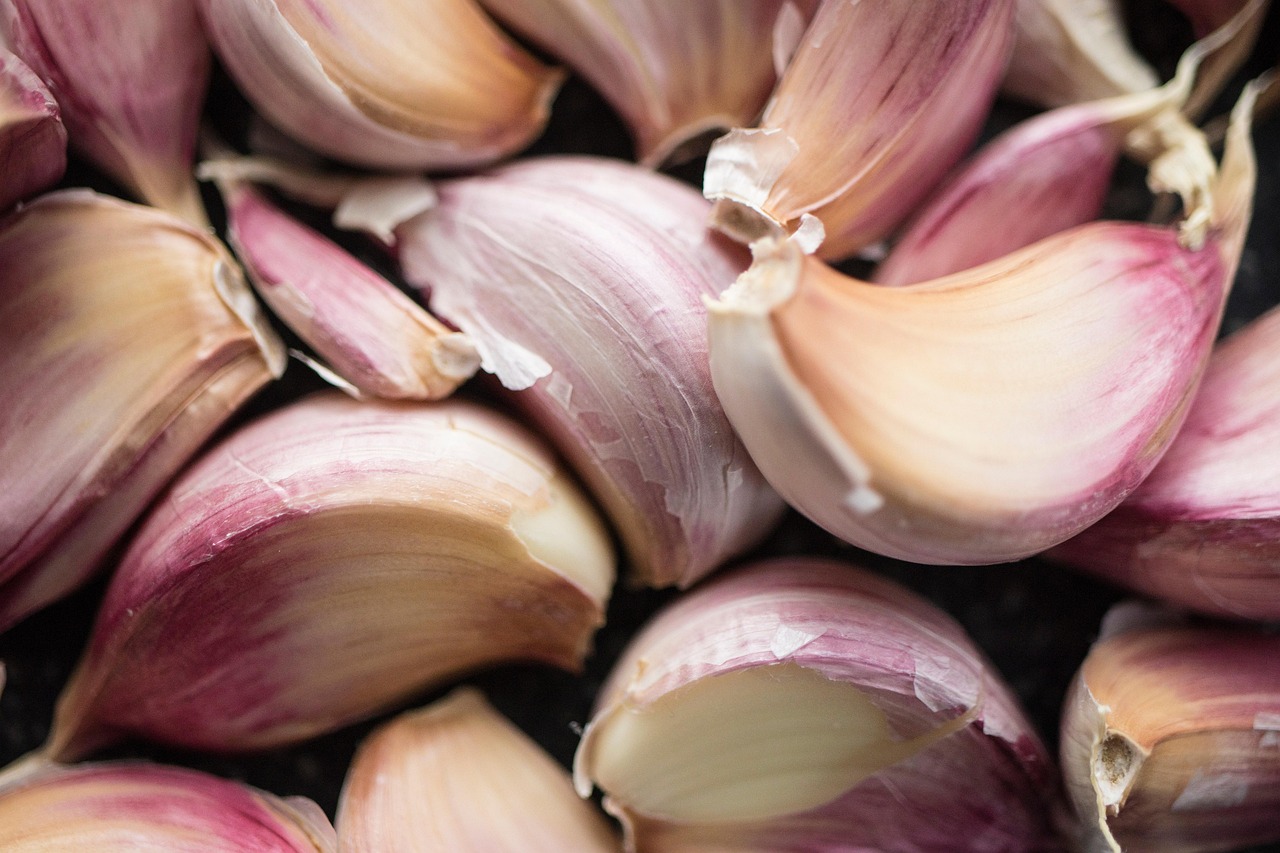“`html
The concept of a low-fat diet has been around for decades, but it remains a popular choice for those looking to improve their health and manage their weight. With the growing emphasis on nutrition and wellness, understanding the principles of a low-fat diet can empower individuals to make informed choices about their food. This blog post will explore the benefits, key components, and practical tips for successfully adopting a low-fat diet. Moreover, we’ll debunk common myths associated with fat consumption, ensuring you have a well-rounded perspective on this dietary approach.
Understanding Low-Fat Diets
Before diving deeper, it’s essential to clarify what constitutes a low-fat diet. Typically, a low-fat diet encourages the consumption of foods that contain less than 30% of total calories from fat, focusing instead on whole grains, fruits, vegetables, and lean proteins.
Key Characteristics of a Low-Fat Diet
- Reduced intake of saturated and trans fats.
- Emphasis on nutrient-dense foods.
- Increased consumption of fruits, vegetables, and whole grains.
- Includes lean proteins, such as fish, chicken, and legumes.
By understanding these characteristics, individuals can better tailor their meals to align with a low-fat dietary style.
Benefits of a Low-Fat Diet
Adopting a low-fat diet can offer numerous health benefits. Below are some key advantages:
- Weight Loss: A low-fat diet can significantly reduce calorie intake, aiding in weight management.
- Heart Health: Reducing saturated fats can lower cholesterol levels, decreasing the risk of heart disease.
- Improved Digestion: High-fiber foods from fruits and vegetables support digestive health.
- Increased Energy Levels: A diet rich in carbohydrates and low in fats can enhance overall energy.
These benefits can contribute to a healthier and more active lifestyle, making the low-fat diet an appealing choice for many.
Common Low-Fat Foods
Transitioning to a low-fat diet doesn’t mean sacrificing flavor or satisfaction. Here are some common foods and meal ideas:
Fruits and Vegetables
- Apples, pears, and berries for snacks.
- Leafy greens for salads or as side dishes.
- Colorful vegetables, such as bell peppers, carrots, and broccoli, for stir-frys.
Lean Proteins
- Skinless poultry like chicken and turkey.
- Fish, especially fatty fish like salmon (in moderation).
- Legumes such as beans, lentils, and peas.
Whole Grains
- Brown rice, quinoa, and whole wheat pasta.
- Oats for breakfast or baking.
- Whole grain bread for sandwiches and snacks.
Incorporating these foods into your diet can make it easy to enjoy a nutritious and satisfying low-fat eating plan.
Tips for Maintaining a Low-Fat Diet
Transitioning to a low-fat diet can be a rewarding journey, but it requires commitment and planning. Here are actionable tips to help you stay on track:
Meal Planning and Preparation
- Plan meals for the week ahead, focusing on incorporating low-fat foods.
- Prep ingredients in advance to save time during busy weekdays.
- Consider batch cooking and freezing meals for convenience.
Smart Shopping Choices
- Read food labels to identify fat content and make informed choices.
- Opt for low-fat versions of dairy products.
- Avoid highly processed foods that can contain hidden fats.
Implementing these practical tips can cultivate sustainable eating habits and make adhering to a low-fat diet more manageable.
Debunking Common Myths
Despite its popularity, misconceptions about low-fat diets often lead to confusion. Here are a few common myths:
Myth 1: All Fats are Bad
Not all fats are detrimental to health. Healthy fats, like those found in olives, nuts, and avocados, are essential for optimal body function. Moderation is key.
Myth 2: Low-Fat Equals Low-Calorie
It’s critical to note that low-fat products can sometimes be higher in sugars and additives, which can negate their caloric benefits. Always check nutritional labels.
Myth 3: You Can’t Feel Full on a Low-Fat Diet
By incorporating fiber-rich foods, it’s entirely possible to feel full and satisfied on a low-fat diet. Focus on volumizing meals with vegetables and whole grains.
Conclusion
A low-fat diet can provide a wealth of health benefits, from weight management to heart health improvements. By focusing on whole, nutrient-dense foods and understanding the key characteristics of lower-fat eating, you can enjoy a delicious and satisfying range of meals. Armed with the right knowledge, tips, and recipes, embarking on a low-fat diet can lead you toward a healthier lifestyle. Remember to debunk myths, keep informed, and embrace this dietary change as a positive step towards greater well-being.
“`






